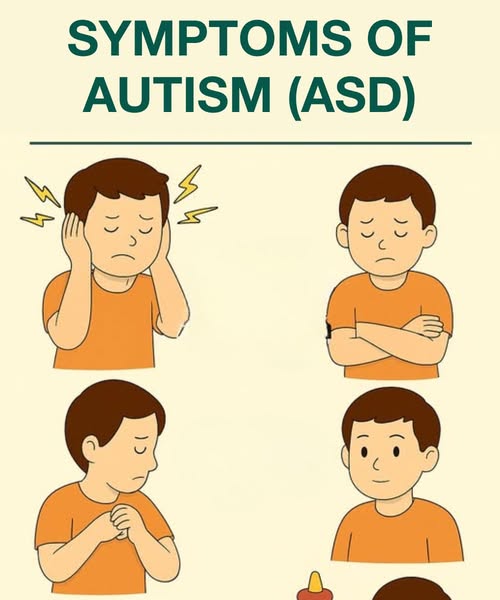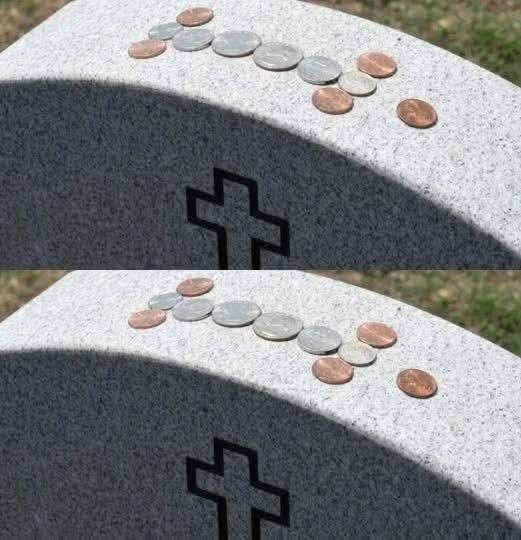Waking up with a damp pillow from drool isn’t exactly the best start to the morning — but you’re not alone. Nighttime drooling, also known as sialorrhea, happens to many people. Surprisingly, your sleeping position plays a big role in whether this happens.
Let’s break down how different sleeping postures can influence drooling and what you can do to reduce it.

Sleeping on your side is one of the most popular sleep positions — and also one of the most likely to cause drooling.
Why?
When you lie on your side, gravity naturally pulls saliva toward the corner of your mouth. If your lips part slightly during deep sleep, saliva can escape and soak your pillow.
Tip: Using a firm pillow to slightly elevate your head can reduce the flow of saliva toward the mouth’s edge.
2. Stomach Sleeping: The Worst for Drooling
Sleeping on your stomach almost guarantees drooling for most people
Why?
Your face is pressed against the pillow, and your mouth often opens during sleep. Combine that with gravity pulling downward, and drool has nowhere to go but out.
Drawback: Stomach sleeping also strains the neck and can worsen breathing or digestive issues.






